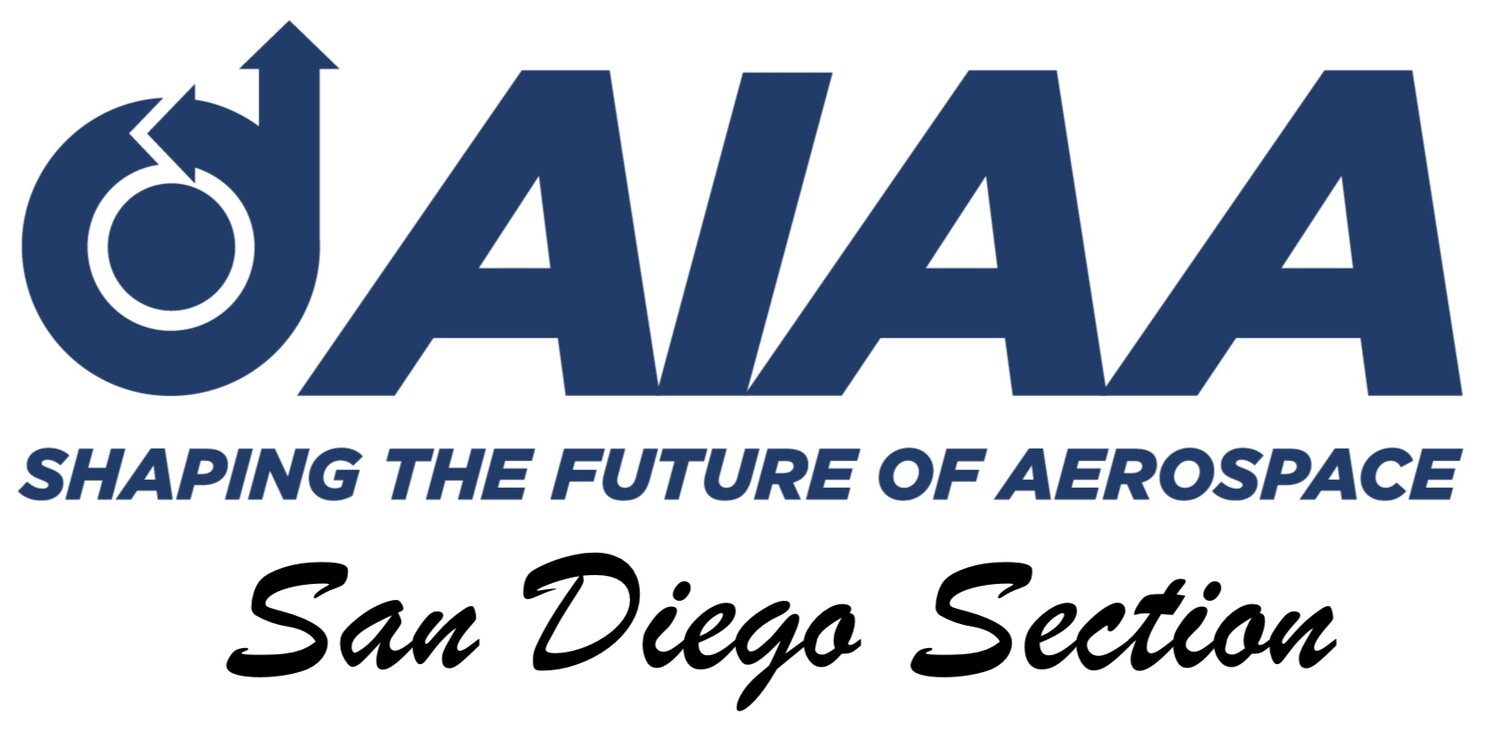Rohr Industries
Fred Rohr (right) in the Aircraft Factory
In 1919, Frederick Hilmer Rohr learned to fly in Fresno, California. Five years later he established the Standard Sheet Metal Works in San Diego. The following year, with the slogan to “build it better, faster, and cheaper” he got a contract to manufacture parts for Ryan. The year after that, in 1926, Rohr moved his Metal Works shop to Ryan Airlines to build the M-1 monoplane. By 1928, with his machine shop integrated into the larger aircraft facility, Rhor was made superintendent of the Mahoney Aircraft Corporation. In 1928, while working with Prudden Aircraft Corporation, which became Solar Aircraft Company, Rohr designed the first drop hammer to be used in the aircraft industry. Between 1928 and 1940, Rohr had worked for Boeing, Prudden Aircraft Corporation, Solar Aircraft Company, Ryan Aeronautical Company, and Consolidated Aircraft Corporation, designing the equipment and organizing the Hammer Departments in those companies. In 1940, Rohr teamed with four partners to form Rohr Aircraft Corporation; J.E. Rheim and E.M. Lacey were two engineers from Ryan, and two lawyers Frank H. Nottsbusch and Frank H. Nottsbusch, Jr., and used the garage in Fred Rohr's backyard as their first workplace. Much of this was made possible by Reuben Fleet who was relying heavily on Rohr to make components for Consolidated. Fleet invested by buying one-sixth of the 150,000 shares of stock that the company started out with, and gave him $18 million worth of work from Consolidated. With the growing need for manufacturing after the government announced that they needed 50,000 aircraft, the City of Chula Vista took a 10 acre parcel on the bay-front that was earmarked for an airport, and sold it to Rohr Aircraft for their new factory. By 1945 employment at Rohr had peaked at almost ten thousand employees. This created a strain on the local government’s ability to support the growing needs of the aviation industry. In addition to the Rohr facilities, Chula Vista had two military bases just outside the city limits, Ream Field and Brown Field. Many workers and their families were living in trailer parks and tents; while local homeowners rented out extra rooms and converted back porches into bedrooms for the workers.
By the 1950s, Rohr Aircraft continued to operate at the bay front under the appliance company Detrola for a time, but during the Korean Conflict it was returned to Fred Rohr’s direction. Under Rohr, the company returned to the production of engine pods for various aircraft, though it was with a smaller, yet important workforce of 6,700. Rohr continued to operate in the 1960s as a company of over 11,000 employees and still constructed engine pods for propeller and jet planes of all the major aeronautical companies, but it also added manufacturing of dish antennas, rocket nozzles for Thoikol, cylinders for solid-fuel boosters of the Titan II-C, and parts for prefabricated homes.
In 1997, Rohr Inc. merged with the Goodrich Corporation and remained a separately incorporated company as Goodrich Aerostructures. In August 2012, United Technologies Corporation (UTC) purchased Goodrich Corporation and all its divisions. After the acquisition, UTC created an aerospace systems division, United Technologies Aerospace Systems (UTAS), into which all divisions of Goodrich Corporation and UTC's Hamilton Sundstrand divisions were incorporated as one entity. The former Rohr operations in Chula Vista is now the largest business unit of UTC Aerospace Systems.

